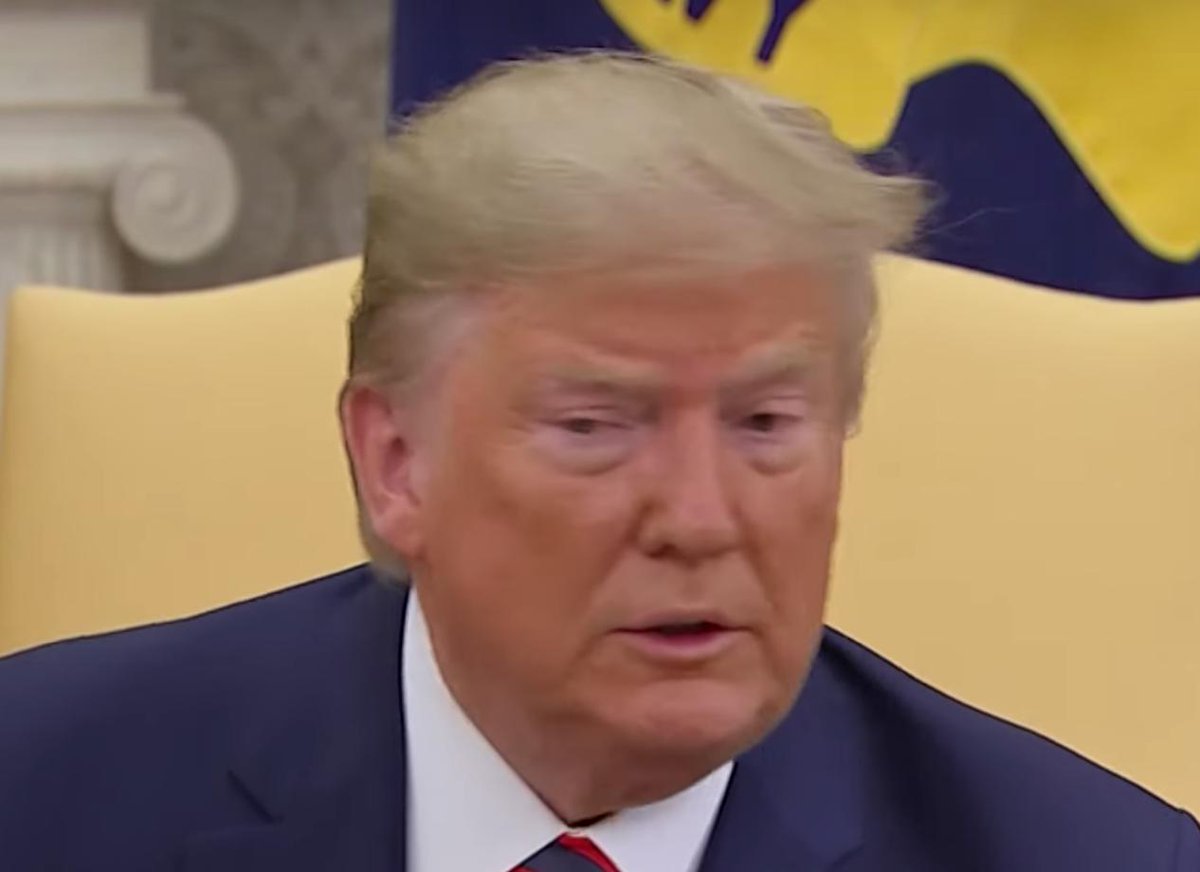• Disgust
• Distaste
• Despising
• Refuting
— for what was just heard or seen.
• Bravado
• Hubris
• Braggadocio
• Regret arising from being caught
vs.
• Regret an unethical act
However, when taken in toto — in the context of the entire video, his feelings become clear. The President regrets being caught.
continued ...
continued ...
continued ...
END















